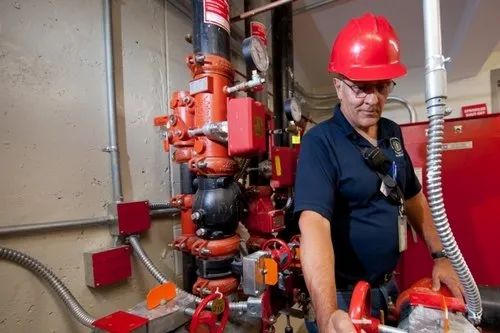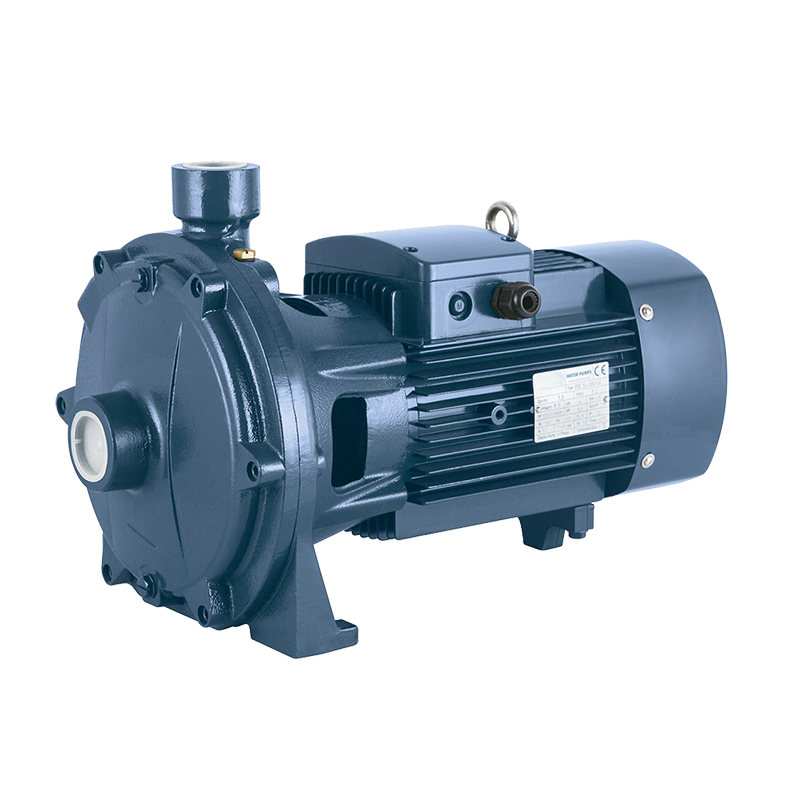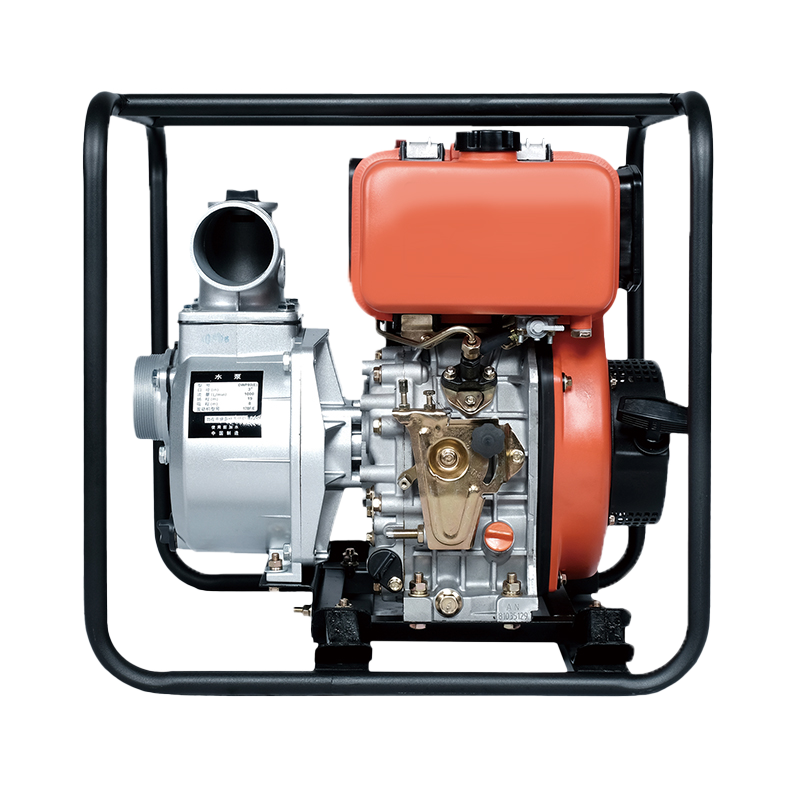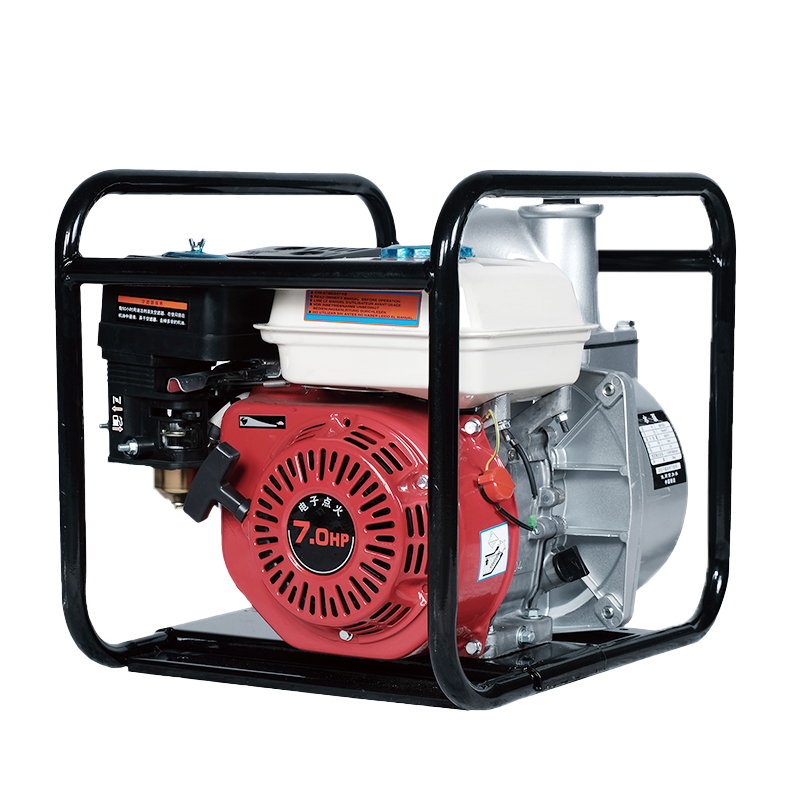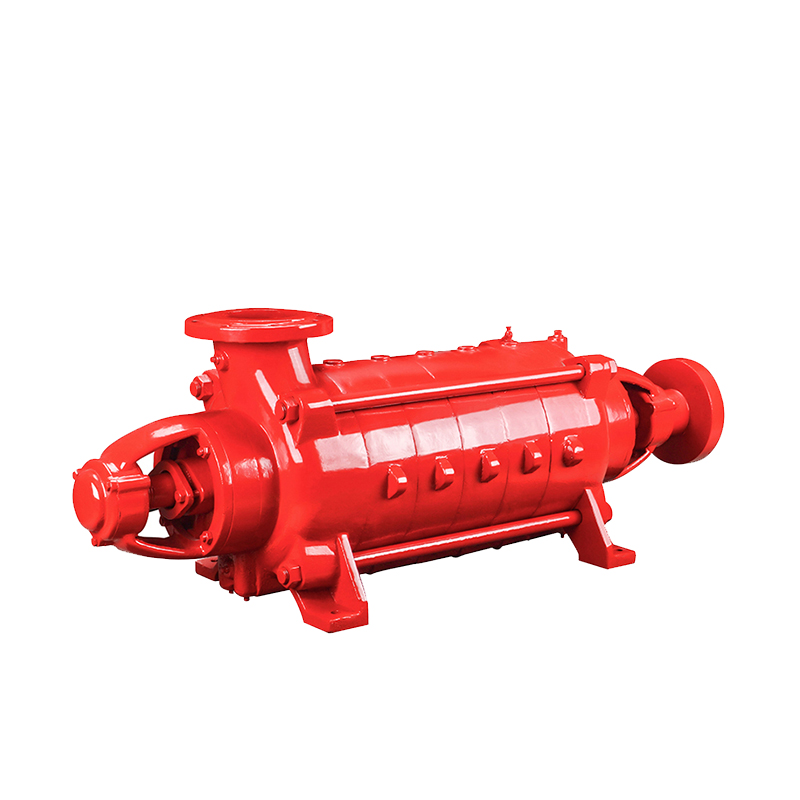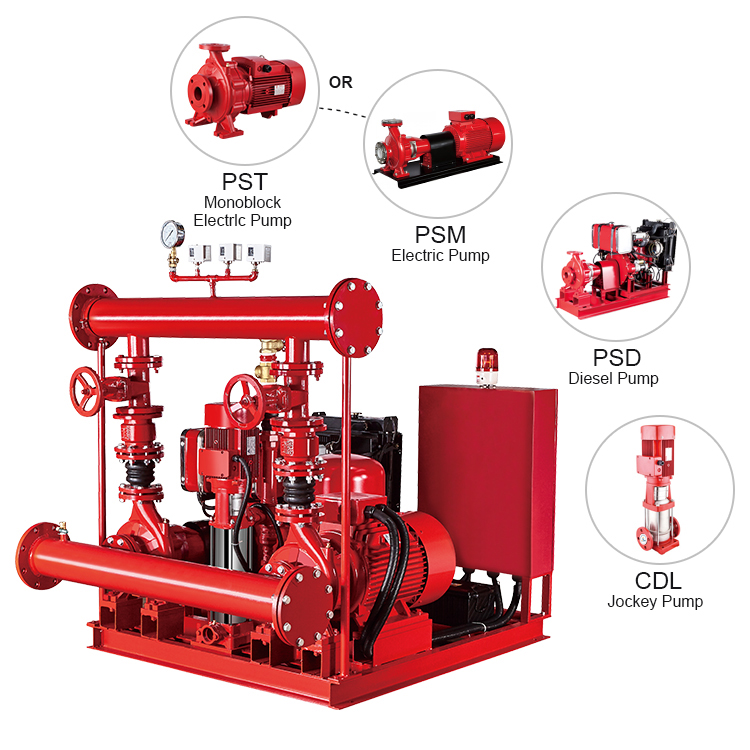When lives and property are at stake, having a reliable fire protection system is non-negotiable. Among the most critical components in any comprehensive fire safety plan is the diesel engine fire pump system. These systems provide dependable water pressure when electrical power fails, ensuring continuous firefighting capability during emergencies.
What is a Diesel Engine Fire Pump System?
A diesel engine fire pump system is a self-contained, independent fire protection unit that consists of a diesel engine a fire pump through a coupling. Unlike electric-powered pumps, these systems operate independently of the main power supply, making them crucial for maintaining water pressure during power outages caused by fires.
Key Components of Diesel Engine Fire Pump Systems
Understanding the system components is essential for proper specification and maintenance:
1.Diesel Engine
High-torque, reliable compression ignition engine
Sized according to pump horsepower requirements
Jacket water heating system for quick starts
Oversized alternator and battery charging system
2.Fire Pump
Centrifugal pump designed for fire protection service
Configurations include horizontal split-case, vertical turbine, or end-suction
Rated for specific flow and pressure requirements
3.Control Panel
Automatic start capability upon pressure drop
Engine monitoring and safety shutdowns
Manual control options
Alarm and signaling systems
4.Support Systems
Fuel storage tank with adequate capacity
Battery charging system
Cooling system
Exhaust system with silencer
How Diesel Engine Fire Pump Systems Work
The operation follows a precise sequence to ensure reliability:
1.Standby Mode
Engine maintained at operating temperature
Batteries kept at full charge
System pressure maintained
2.Activation
Pressure drop in fire sprinkler system detected
Control panel initiates automatic start sequence
Engine starts and accelerates to rated speed
3.Operation
Pump engages and builds pressure
Continuous monitoring of engine parameters
Automatic shutdown if safety parameters exceeded
4.Shutdown
Manual shutdown after fire department verification
System reset and return to standby mode
Diesel engine fire pump systems represent a critical investment in life safety and property protection. Their ability to operate independently of electrical power makes them indispensable in comprehensive fire protection strategies. By understanding the components, operation requirements, and maintenance needs outlined in this guide, facility managers and engineers can ensure their systems remain ready to perform when needed most.
 English
English عربى
عربى
 Fire Pump and System
Fire Pump and System Split Case Pump
Split Case Pump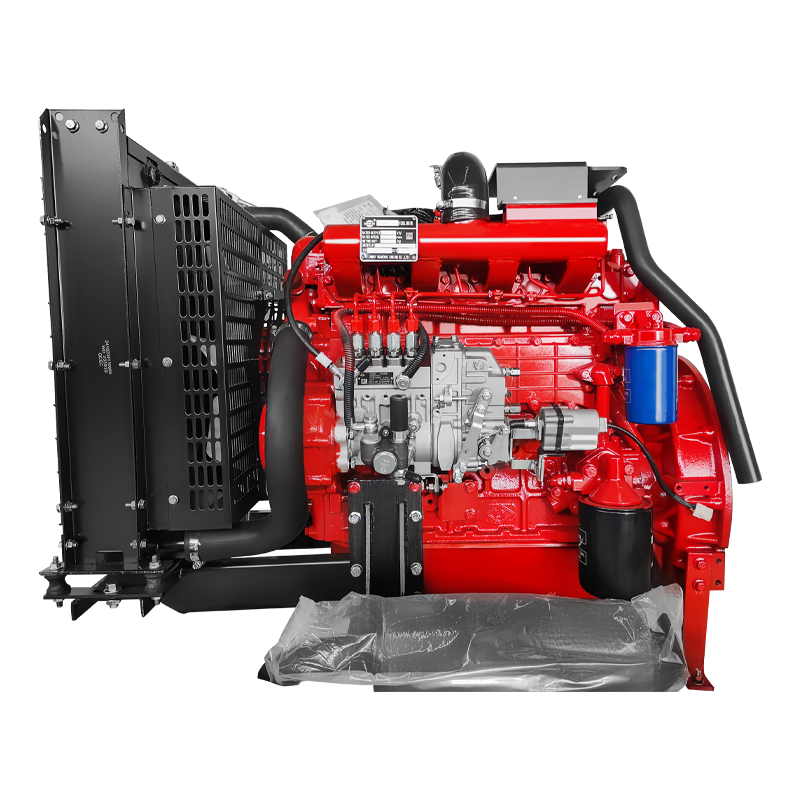 Engine and Pump
Engine and Pump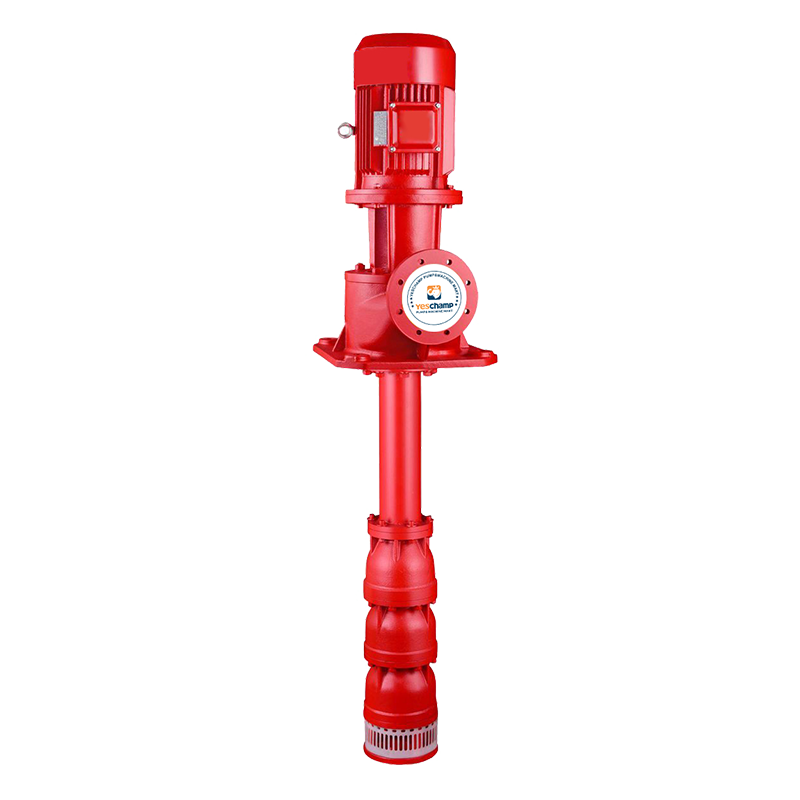 Long Shaft Pump
Long Shaft Pump Multistage pump
Multistage pump Water Supplier System
Water Supplier System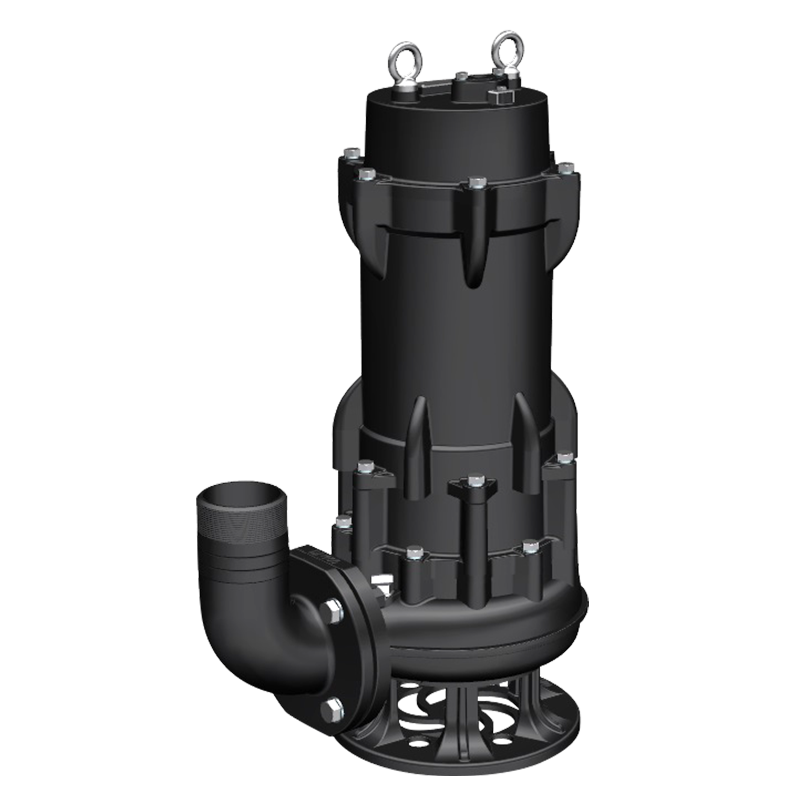 Sewage Pump
Sewage Pump Industrial Pump
Industrial Pump Self-Priming Pump
Self-Priming Pump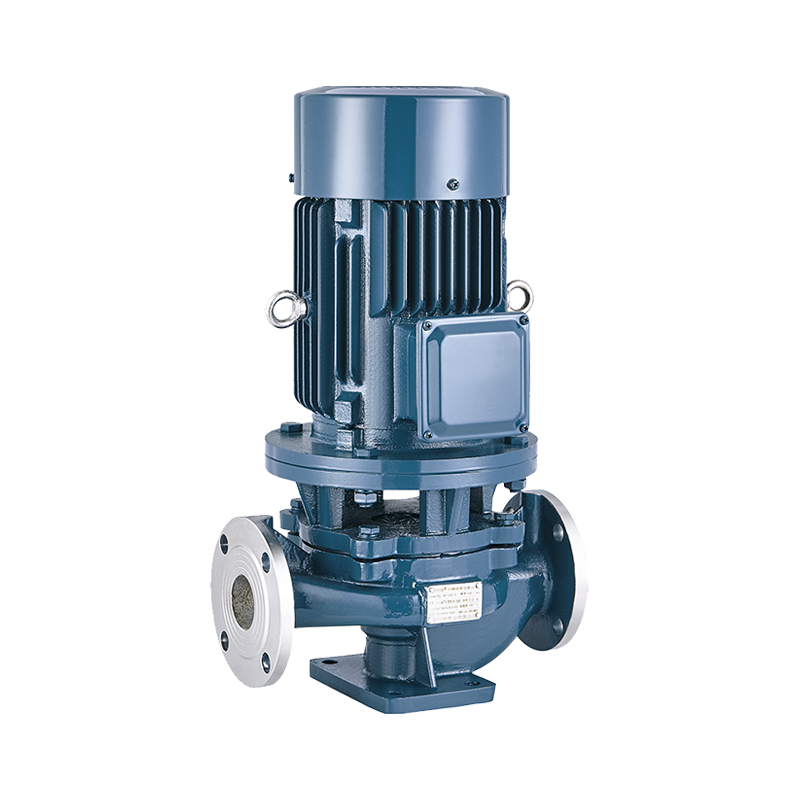 Inline Pump
Inline Pump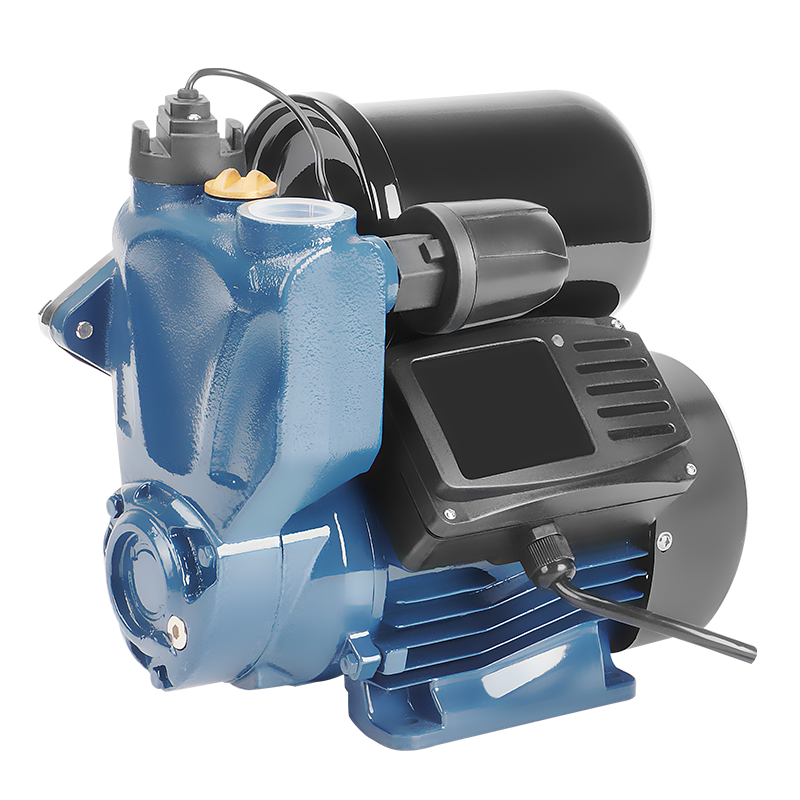 Domestic Pump
Domestic Pump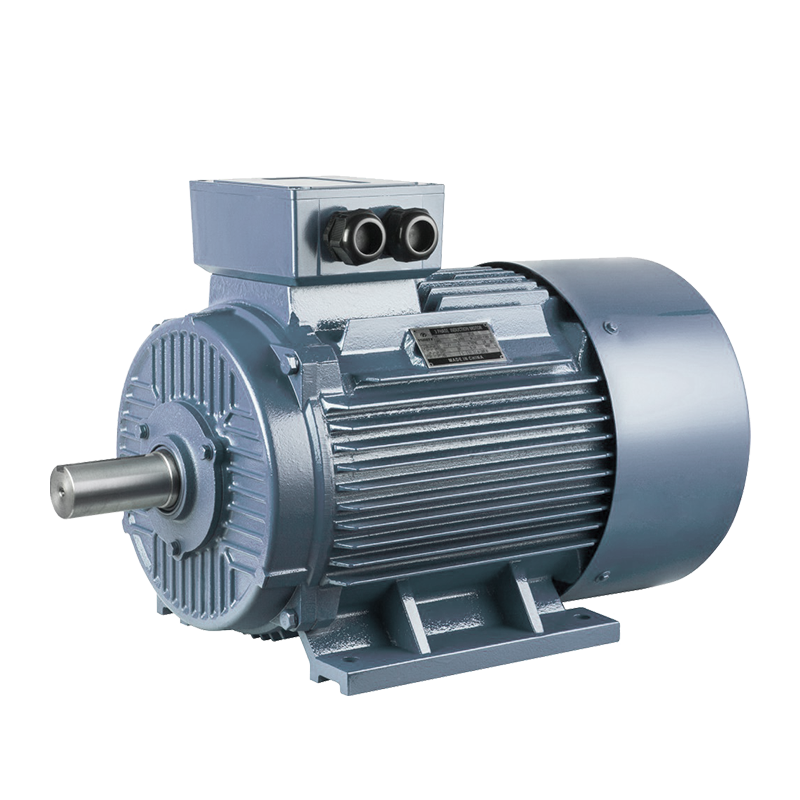 Electric Motor
Electric Motor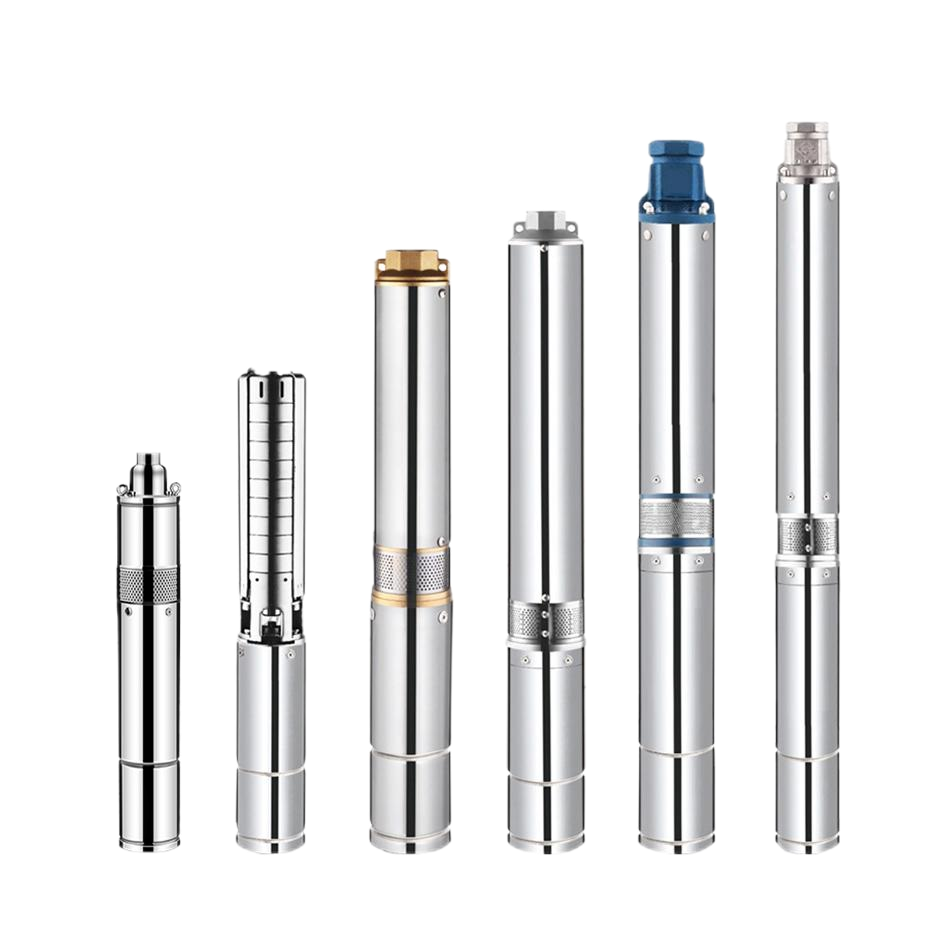 Borehole Pump
Borehole Pump